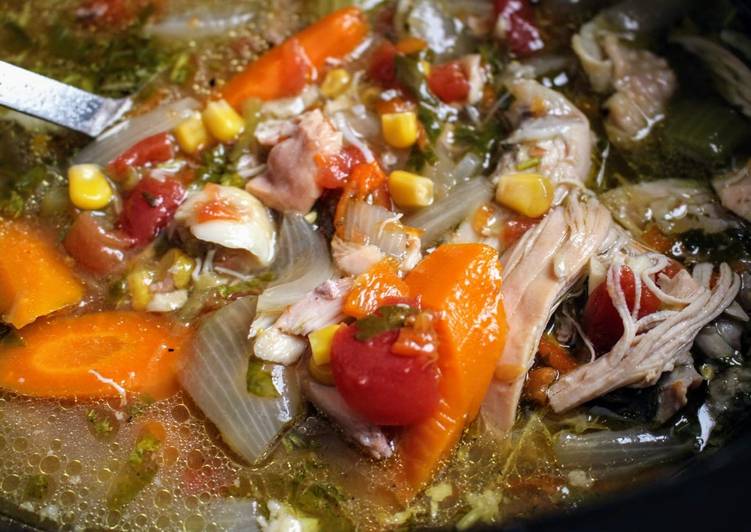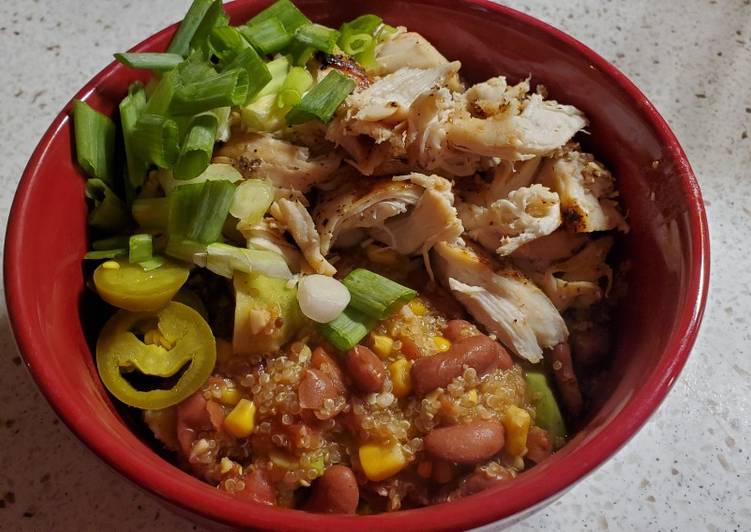![Roggenmischbrot / Rye Bread with Wild Grape or Raisin Yeast [Bakery Recipe]](https://img-global.cpcdn.com/recipes/5a05e3f81ba9e250/751x532cq70/roggenmischbrot-rye-bread-with-wild-grape-or-raisin-yeast-bakery-recipe-recipe-main-photo.jpg)
Hey everyone, it is Jim, welcome to our recipe page. Today, I’m gonna show you how to make a special dish, roggenmischbrot / rye bread with wild grape or raisin yeast [bakery recipe]. One of my favorites food recipes. This time, I’m gonna make it a bit tasty. This is gonna smell and look delicious.
Great recipe for Roggenmischbrot / Rye Bread with Wild Grape or Raisin Yeast [Bakery Recipe]. See great recipes for Pear and Rye Cake too! See more ideas about German bread, Recipes, Bread.
Roggenmischbrot / Rye Bread with Wild Grape or Raisin Yeast [Bakery Recipe] is only one of the most popular of current trending meals in the world. It is enjoyed by millions every day. It is simple, it is fast, it tastes delicious. They’re fine and they look fantastic. Roggenmischbrot / Rye Bread with Wild Grape or Raisin Yeast [Bakery Recipe] is something that I have loved my entire life.
To begin with this particular recipe, we have to prepare a few components. You can have roggenmischbrot / rye bread with wild grape or raisin yeast [bakery recipe] using 12 ingredients and 17 steps. Here is how you can achieve it.
The ingredients needed to make Roggenmischbrot / Rye Bread with Wild Grape or Raisin Yeast [Bakery Recipe]:
- Get Sourdough:
- Prepare 80 g wild grape or raisin yeast starter
- Get 380 g warm water
- Make ready 350 g rye flour
- Prepare 10 g salt
- Make ready **********
- Make ready 500 g bread flour
- Prepare 150 g rye flour
- Prepare 13 g salt
- Get 280 g warm water
- Prepare Optional mix-ins:
- Get dried fruits, nuts, seeds, etc.
Wild yeast and sourdough are slightly different. This is my favorite rye bread recipe of all time. I could have just as easily called it Swedish Rye Bread or Aroma Therapy Bread for that matter (takes the coveted baking bread smell to another level). And if you're not into sourdough baking, no problem, I cover the instant yeast version as well.
Steps to make Roggenmischbrot / Rye Bread with Wild Grape or Raisin Yeast [Bakery Recipe]:
- Mix 350 g rye flour and 10 g salt in a bowl. In a separate bowl, pour 380 g warm water over 80 g grape sourdough starter and break apart the starter a little bit in the water (do not dissolve it completely though!)
- Cover and let rise for 4 hours at 30°C. Put in the fridge until the next day.
- It should be doubled after 4 hours! If not baking right away, place this into the fridge until later.
- Mix the 500 g bread flour, 150 g rye flour and salt.
- Mix the fermented wild grape mixture from before with 280 g warm water.
- Pour the water/wild grape mixture into the flours. Mix gently my gradually folding the flour over the liquid, then mix with fingers until the liquid is absorbed and the dough in chunky crumbles.
- Next squeeze the dough together with your fingers until no longer floury and the dough comes together into a rough ball.
- Remove from bowl and knead until the dough forms a smooth ball.
- Split in two if making two types bread with different mix ins.
- For mix ins, place the dough in a large bowl, pour in the mix ins and knead them into each loaf.
- Place each ball of Dough into a bowl, cover and let rise for 90 minutes
- After 90 minutes, gently roll out the dough from the bowl. Prepare a moist towel and roll the top and sides of the bread dough on the towel to wet the surface a little. Roll it in the topping of your choice such as barley flakes or rye flakes.
- Place top down into banneton baskets (if not using toppings, sprinkle the baskets with plenty of flour first).
- Let rise for another 60 minutes.
- Gently remove from baskets and place on the baking sheet. Poke a hole in the center with a chop stick, and then poke more holes in a spiral pattern from center out. (about 3 cm between each hole).
- Bake at 250°C for about 40 minutes (check after 30 mintues).
- Remove and let cool completely before slicing.
A starter is a piece of dough which contains wild yeast and bacteria which you use to make your bread. The wild yeast produce carbon dioxide (and a bit of alcohol too) to make your bread airy. It is the bacteria that can give your bread the sour taste, this is because the bacteria transform the starch of the flour into lactic acid, acetic acid. In fact, rye is such a common bread ingredient that German breads are classified by the amount of rye content they contain. Eventually these yeasts will die out and, if everything goes right, be replaced by a symbiotic culture of wild yeast and lactobacilli.
So that’s going to wrap it up with this exceptional food roggenmischbrot / rye bread with wild grape or raisin yeast [bakery recipe] recipe. Thank you very much for reading. I’m sure you can make this at home. There is gonna be interesting food in home recipes coming up. Remember to save this page in your browser, and share it to your family, colleague and friends. Thanks again for reading. Go on get cooking!


